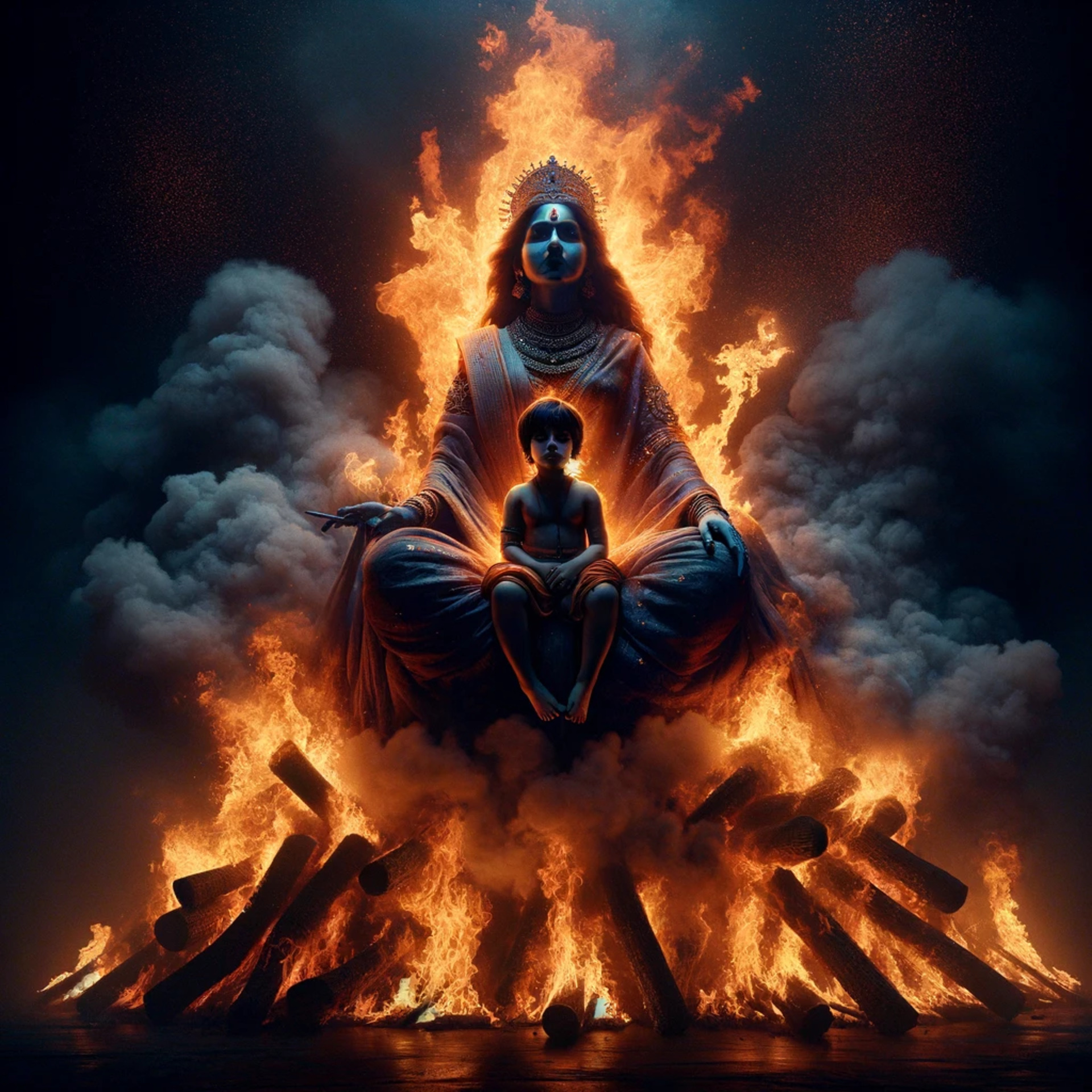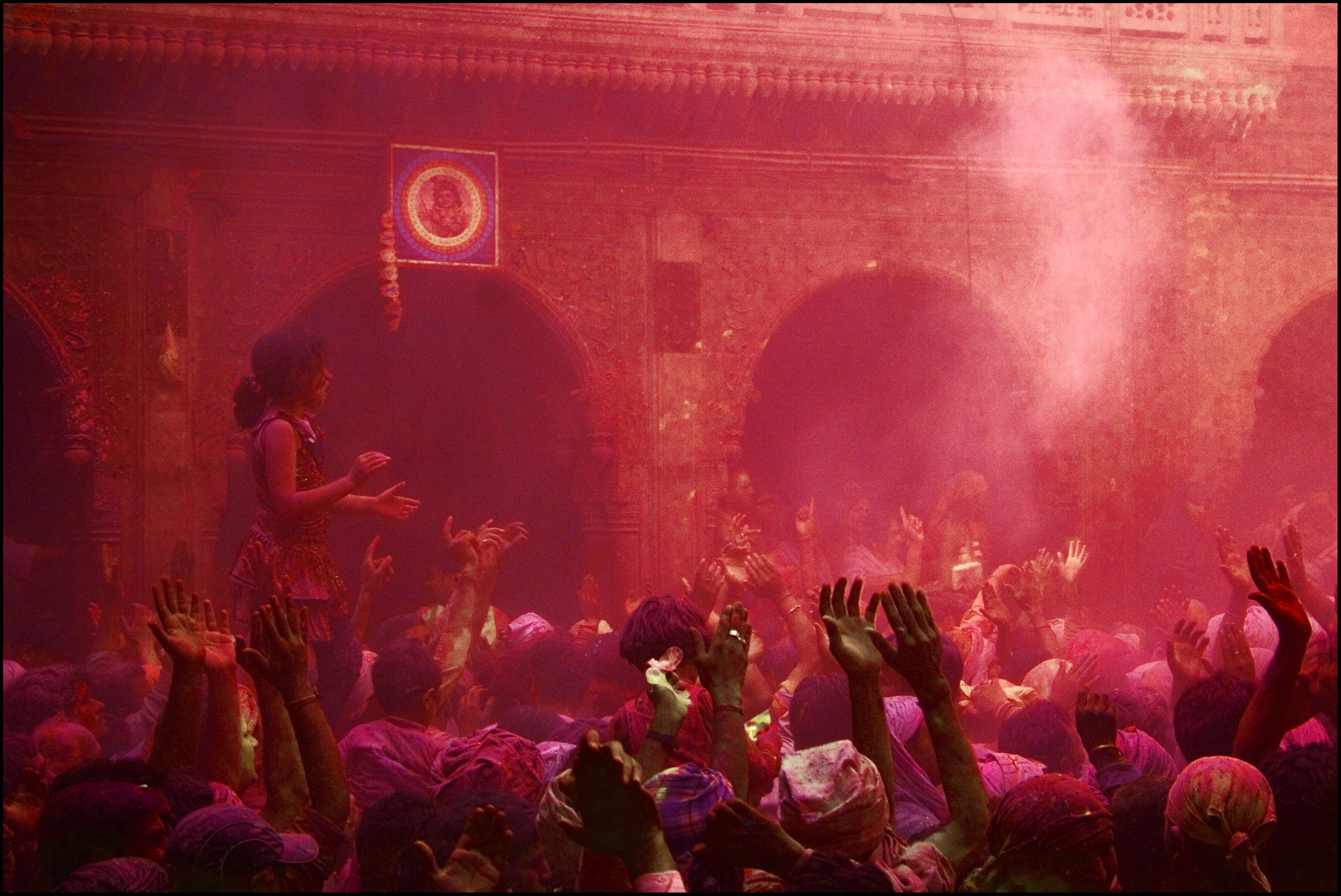Baisakhi is one of the most enthusiastically celebrated festivals by Sikhs, across the world. It marks the time of harvest of the Rabi crop and is known as the festival of Harvest in Punjab. Baisakhi gets its name from ‘Visakha’, the first day of the first month of the Solar calendar. As per the Gregorian calendar, it falls in April. It marks the beginning of spring and harvest time.
Baisakhi
Baisakhi is a major festival of the Sikh community. It defines the birth of Khalsa hierarchy by Guru Gobind Singh, the tenth guru of Sikhs. It was laid down on the 30th of March, 1699. Baisakhi also has the memory of the Jallianwala Bagh massacre attached to it, as it was on the Baisakhi of 1919, that General Reginald Dyer ordered troops to shoot innocent people gathered at Jallianwala Bagh. This day is celebrated by visiting Gurudwara, holding kirtans, organizing nagar kirtan processions and community fairs. Men, women and children wear traditional clothes and the environment looks colorful and vibrant with various beautiful colors. They also perform the traditional dances called Bhangra and Gidda. Bhangra is performed by men while gidda, by women. It is also called Vaisakha Sankranti according to Hindu Vikram Samvat calendar and is known by different names in different parts of the country. As per Hindu traditions, people take bath in holy rivers like Ganga, Kaveri, Jhelum etc., visit temples, make donations, meet friends and participate in community fairs. People mostly donate fans, fruits and water pitchers during this festival. The new year festivals of other regions that coincide with Baisakhi are Bohag Bihu, Vishu, Pohela Boishakh, Puthandu, Ugadi and many more.
DEITIES ASSOCIATED WITH THE FESTIVAL:
The festival is celebrated in different ways by people from different beliefs and religious systems. Maharashtrians pay respect to their ancestors on this day, while in Central and Northern India, Kul Devtas or Family gods are worshipped. In Urban areas, temples of Bhagwan of Shri Ganesha and Maa Lakshmi are crowded on this day. Some people also worship Surya Devta on this day. For the Sikh community, it is a day to celebrate and pay respect to Khalsa Panth created by Guru Gobind Singh.
ORIGIN AND SIGNIFICANCE:
The heritage of Baisakhi festival and its religious significance dates back to the year in 1699, when the tenth Guru of Sikhs, Shri Guru Gobind Singh laid the foundation of the Khalsa Panth – ‘order of the pure ones’, who were ready to fight and guard religious freedom. Guru Gobind Singh ji came out of his tent with a sword in his hand and challenged any Sikh who is ready to give his life to protect Sikhism. The first five volunteers were Daya Singh, Dharam Singh, Himmat Singh, Mohkam Singh and Sahib Singh. They were baptized and given the title ‘panj pyare’. He laid down the custom of carrying the five Ks, Keski (a turban), Kunga (a comb), Kada (an iron or steel bracelet), Kacchera (an undergarment) and Kirpan (a small dagger). These are five significant items that relate to the religion of Sikhs.
As per Mahabharata, Pandavas, at the time of their exile reached Katraj Tal. They were thirsty and went near the pond to quench their thirst, excluding Yudhishthira, the eldest. All the four brothers, Bhima, Arjuna, Nakula and Sahadev, died after drinking water, despite the refusal by Yaksha to drink the water. Yudhishtir then went in search of his brothers and reached that pond. When he saw his brothers lying dead, he understood that there is some energy element that presides over the pond. He asked the energy to appear before him and suggest a way to bring his brothers back to life. Yaksha came and challenged Yudhishthira, who was known for his righteousness and justice, to answer his questions and declared that if Yudhishthira succeeds in answering his questions, he will bring any one of his brothers to life. Yudhishthira gave answers to all the questions, Yaksha got pleased with him and asked if he wanted any one of his brothers alive. On this Yudhishthira replied that he wanted Sahdev back. The reason Yudhishthira gave on this is that one son of Mata Mudri should also live along with one son of Mata Kunti. Yaksha was pleased with the true righteousness of Yudhishthira and gave life to all of his four brothers. Since then, a grand fair has been organized at the same place with sacred bathing and the celebration of the Baisakhi festival started.
According to Hindu scriptures, Ma Ganga appeared on Earth on Baisakhi. Hence, it is celebrated in her honour and people take a dip in Ganga and other holy centres around it. It is celebrated as a day on which Arya samaj foundation is laid.
This day is of great significance to followers of Buddhism also, as it is believed that on this day, Bhagwan Buddha attained Nirvana in Gaya. It is celebrated as Buddha Purnima in some parts of the country as a guide towards spiritual enlightenment.
CUSTOMS, TRADITIONS AND RITUALS.
The rituals and traditions of the Baisakhi festival vary in different parts of the country.
Traditions of Sikh communities:
On the day of Baisakhi, Gurudwaras all over the world hold prayer meetings. Sacred book of Sikh community Guru Granth sahib, is taken out in a dignified way, a figurative bath with milk and water is given and then it is positioned on its throne. The holy book is then read out for the gathering of Gurudwara. After that, Panch Pyare read out the holy chants from the book. Then Amrit, prepared in an iron vessel, is distributed and devotees take it in five sips and take a pledge to be a part of Khalsa Panth.
Traditional Folk dances are worth watching. Gidda and Bhangra are enjoyed and performed by both men and women wearing the traditional attire. Men wear Colorful Kurtas paired with Lungi, Turla, Pag, Kaintha, Jugi and Rumaal. Women also dress up in colorful salwar kameez and adorn beautiful accessories like maang tika, jhumka, parranda, paazybandh, paizabs and haar. People chant ‘Bole so nihal’, ‘Sat Nam’ and ‘Wahe Guru’ with full energy and zeal. The echo of dhol fills the environment with energy and enthusiasm.
The Baisakhi mela fills the surroundings with positivity and joy. Various stalls of traditional clothes, handicrafts and accessories add to the vibrance. There are casual bouts of wrestling and kabaddi that are organized for fun.
Traditions of Farmers:
Baisakhi, also known as the festival of harvest, is celebrated with great fervour and enthusiasm by farmers, especially in Punjab and Haryana. The green farms with fruits, vegetables and pulses are ready to be harvested and it makes the festival more vibrant. Men and women, in groups, visit their fields, dancing and singing and dressed in vibrant colours. They also perform bhangra and gidda and celebrate the festival as the beginning of happy times.
PUJA VIDHI AND PUJA KATHA:
Puja vidhi in different parts of the country is different on this day.
- In Haridwar, people take a dip in Brahma kund in Ganga as it is said that Maa Ganga came on earth on this day.
- In Punjab, people visit Gurudwaras, perform rallies and organize Baisakhi melas. Langars are held in Gurudwaras followed by Navgrah puja and donation of grains to cows. Sankirtan is held by Mahant and at the end, patasha is distributed.
- In Jammu, Dogra Hindus celebrate Vaishakhi. In the morning they take a holy bath at Tawi or on the banks of Devika River. Puja is performed there and then the crop is donated to Bhagwan.
- In Himachal Pradesh, people get up early in the morning, take a bath. Two earthen lamps, one of oil and the other, of ghee, are lit. Jyot is placed in a large shallow vessel with a water Dhruv leaves, kusha, incense and sandalwood are offered. People of Nasrawan, mainly called as donation of rice and pulses along with coins, are made to family pandits. Fried cakes of black gram are distributed. White washing of floors and walls is also performed as Prau lagana.
- In Haryana, people celebrate the festival at Baan Ganga tirth of Kurukshetra district. Fairs are held and a festival is organized at Pinjore garden.
- In Uttar Pradesh, people take a holy dip in the river and eat Sattu Halwa specially made for this day.
CELEBRATION ACROSS THE COUNTRY:
Baisakhi is celebrated all over India in different ways and has a great significance. It is celebrated in Punjab, Haryana, Jammu, Uttar Pradesh and Himachal Pradesh as Vaisakhi or Vaisdakhi.
In Kerala, this festival is celebrated in the name of Shri Vishnu and is called Vishu. Farmers harvest crops on this day and celebrate it as a festival full of colours and vibrancy. As a tradition, elders of the family give gifts (Vishnu Kai Neettam) to the younger ones on this day.
In West Bengal, this festival is called Pohela Boishakh and is considered to be very favourable for opening new business by traders and merchants. Bangali sangeet mela is specially organised on this day as an aim to discover new singing talent.
In Assam, the festival is known as Rongali Bihu and is celebrated for seven days. On the first day, cows are worshipped and called as Goru Bihu. People wear new clothes and seek the blessings of elders.
In Bihar it is called Vaishakha and celebrated as a new year. It is considered very auspicious and celebrated by offering prayers to Surya Devta.
BENEFITS OF CELEBRATING THE FESTIVAL:
It is said that offering prayers on this day leads to new happiness, peace and plenty of new friends and well wishers. May Waheguru bless everyone with peace, rise in life and tremendous joy.
‘Jo Bole So Nihaal, Sasriyakaal’
‘Wahe Guru ka Khalsa, Wahe Guru ki Fateh’



